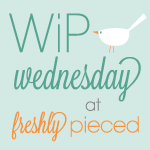Have you seen the rolls of reusable unpaper towels on Pinterest or Etsy? They’re a great way to help protect the environment by not using paper, and you can show off some cute fabric. Over time, this eco-friendly version will probably turn out to be cheaper than the tree-made variety with their continued use, as long as you don’t try and scrub a grill grate or other rough surface with them.

Want to make a set of your own? Sure you do! Here’s how:
Supplies: (enough to make 12 towels)
- 1 1/8 yds. quilting cotton or flannel (If you use flannel, you may need a little more since it shrinks more than quilting cotton.) You can do all the same fabric, use one of each from your favorite collection or mix it up with a patchwork version.
- 1 1/8 yds. terrycloth* (You can also use the inside part of an old towel; how many you’ll need will depend on how much is still usable.)
- 48 sets of plastic snaps (24 male, 24 female) I used Kamsnaps, a wonderful company that uses proceeds from their sales to help rescue animals. You can even get the snaps in fun shapes like flowers or hearts.
- Snap pliers (Again, I used Kamsnaps, but you can also buy these and the snaps at a big-box craft store)
- Soluble marker (optional)
- Awl
- Thread
- Rotary cutter, mat, ruler
- Scissors
- Empty paper towel roll
Start by pre-washing ALL your fabric in hot water with a color-catcher, if necessary. This is absolutely essential if you want your towels to stay flat and nice looking. Quilting cotton and terrycloth shrink at different rates, and pre-washing helps keep them the same size in subsequent washings. It also removes any sizing chemicals used by the manufacturer.
I like to serge the cut edges of my fabric so I don’t wind up with a tangled mess of threads to cut off. I put the blade down first so I don’t cut the fabric by mistake.
Next, iron both sets of fabrics as smoothly as possible. You can use spray starch if you think it helps your cutting accuracy; I didn’t bother. These towels are going to clean up spills and messes, so it’s not a time to worry about perfection.
Starting with the quilting cotton, fold the fabric in half, lining up the selvages; trim them as close to the selvage edge as possible. Then trim the cut-side edges so that you have 1 yard of fabric. Subdivide and cut both sets of fabric into 12 12-inch squares. Be prepared for all the terry fuzz that will go flying all over your cutting surface.
Note: A standard American paper towel is an 11-inch square, and while some quilting cotton is 45 inches, allowing you to get 12 12-inch squares from a yard, a lot of it is only 42 or 43 inches, especially once you cut the selvages. You can either cut 12 equal pieces, which is what I’d recommend, or make scrappy versions with the leftovers. That’s easy to do with the quilting cotton, but the terrycloth? Not so much. (Don’t ask me why I know this.) I say close to size is good enough. The important thing is to have the cotton and the terry match in size, but even with that you can fudge a bit since the terry stretches.
Place one square of the quilting cotton, right-side down, on top of a square of the terrycloth. Pin like crazy to help reduce any shifting while sewing. Mark the spot for an opening on one side that’s large enough for your hand to fit in.

Stitch all the way around the edges using a 1/4-inch seam allowance. Reinforce the starting and stopping points with a few back stitches as shown at the top of the photo below.

Clip the corners and any excess terry that stretched/shifted while stitching.

Turn the fabric right-side out and poke the corners with a chopstick or other pointed item, being careful not to go through the fabric. (Again, don’t ask me how I know this …)

Roll the edges in your fingers to get the seams as straight and close to the edge on each side as possible. Press each side as you do this keeping your fingers out of the way. For the side with the opening, press the fabric down then clip in place, making sure that the edges align evenly. On the cotton side, sew 1/8-inch away from the edge, closing the opening as you go. Here’s a scrappy version I made with some leftover pieces:

After you’ve made all 12 towels, it’s time to install the snaps. The Kamsnaps website has video if you need help, but it’s pretty easy. On the top, using a water-soluble pen, mark a spot in each corner that’s 1-inch from the edge on both sides. If you’ve used different fabrics and care about the order they’ll come off the roll, now is the time to arrange them in the order you prefer.

Take the awl and poke a hole through all the layers in either the top or bottom mark on the far edge (the one that comes off the roll first), then place the masculine side of the snap through the hole, with the rounded flat side on the quilting cotton side. Place a masculine cap on the terrycloth side and slide the rounded flat side into the plier base. When everything’s aligned, give it a good squeeze to set the snap.
Place another masculine snap in the spot directly above or below the first snap (not diagonally across). If your fabric has a direction, pay attention to which side you place the snaps, since they need to be all in the same direction to work. On the opposite side, place a feminine snap in each of the remaining spots, also with the flat edge on top.
For your second towel, install four more sets, this time putting the rounded flat cap on the terrycloth side in all four places. Make sure your feminine side snaps are on the edge that connects to the masculine side on the first towel, so you’ll be able to snap them together.
How I managed to get all the right snaps on in the correct places on all my towels without a single mistake, I’ll never know. Here’s a look at the masculine side snap all installed.

Note: I only used four snaps per towel, but I have seen sets that use six. The extra snap does make the edges flatter, but I didn’t think it was worth it. (See note about scrubbing spills above.)
Snap your towels together and roll them onto an empty paper towel roll. Then stand back and admire your work!

These towels aren’t as cheap as a roll of paper towels, to be sure, but they are a whole lot cuter. It did take me a few days to work up the nerve to use them, but now I can’t imagine using anything else. I only use the paper version for things like toilets or something that would stain badly.
Speaking of stains, when I wipe up a food spill, I rinse the towel out immediately and then use a little dish soap, rubbing till the stain is as out as I can get it. I then wring it dry with my hands and let it air dry or throw it in the laundry basket, depending on how dirty it was. I know my set won’t stay bright white for long, but I’m OK with that.
I made a jumbo roll of 18 towels, and with rinsing/air drying, I haven’t gotten to the end of the roll yet. When they get too gross to use, out they’ll go and I’ll make new ones.
*A note about terrycloth. I made most of my set using terrycloth yardage. It’s thinner than the terry found on bath towels and a lot easier to cut with a rotary cutter. I did use some less than new hand towels on a few of these and would do so again rather than throw the towel away. However, there is a lot of waste with the regular towel, so bear that in mind before you cut.
Have fun making a set of these. I have a feeling they’ll be pretty addicting.
xoxo,
Sandra










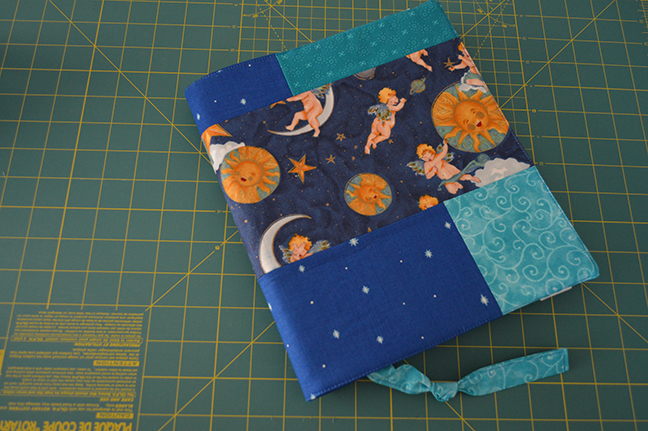
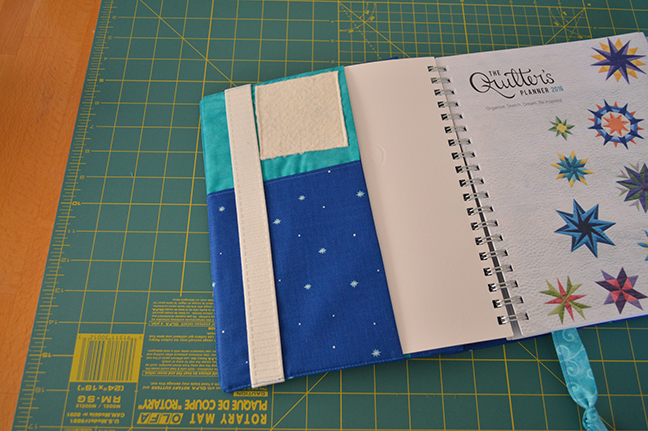
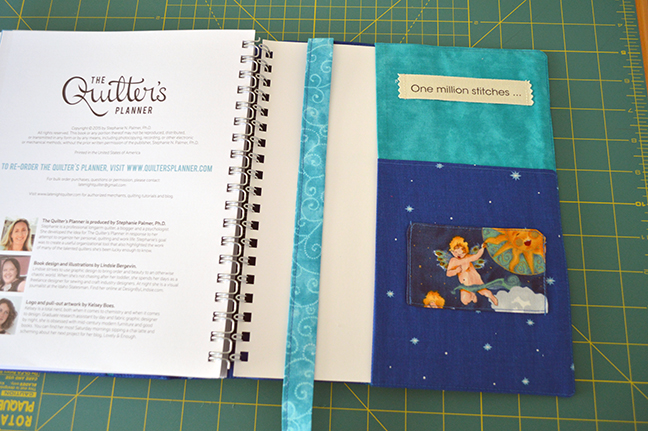
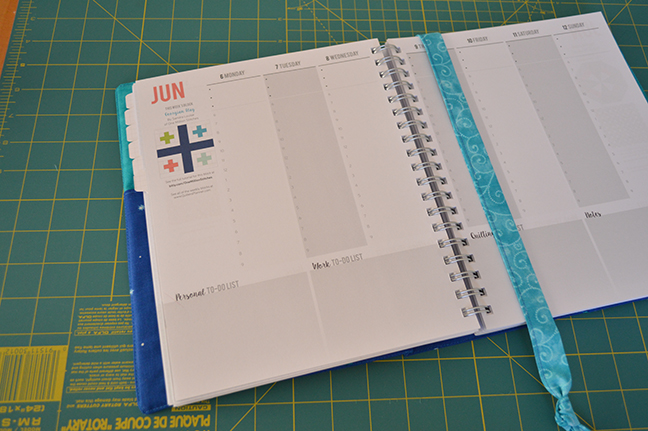
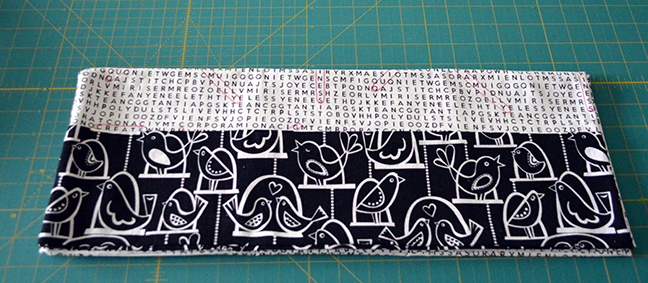
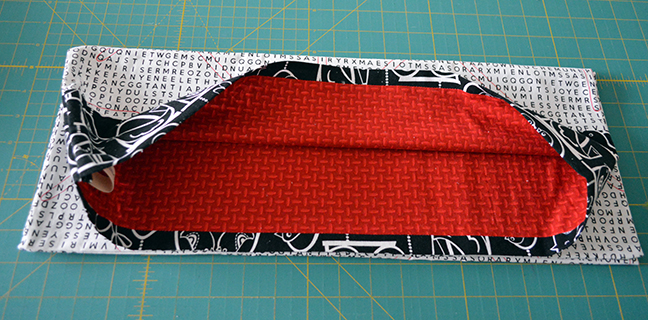
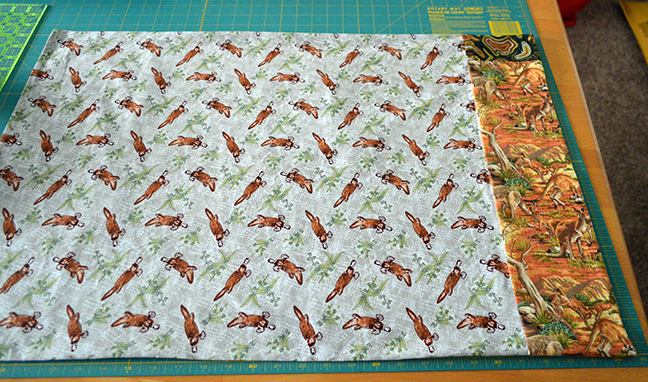
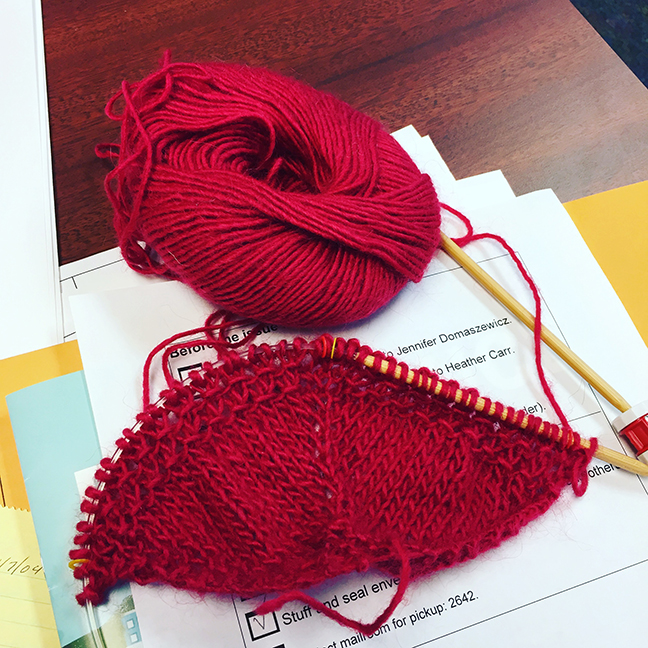






























 And the back:
And the back:








